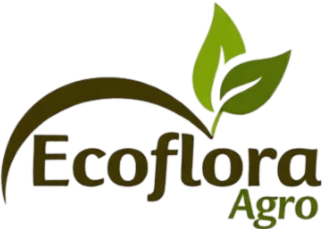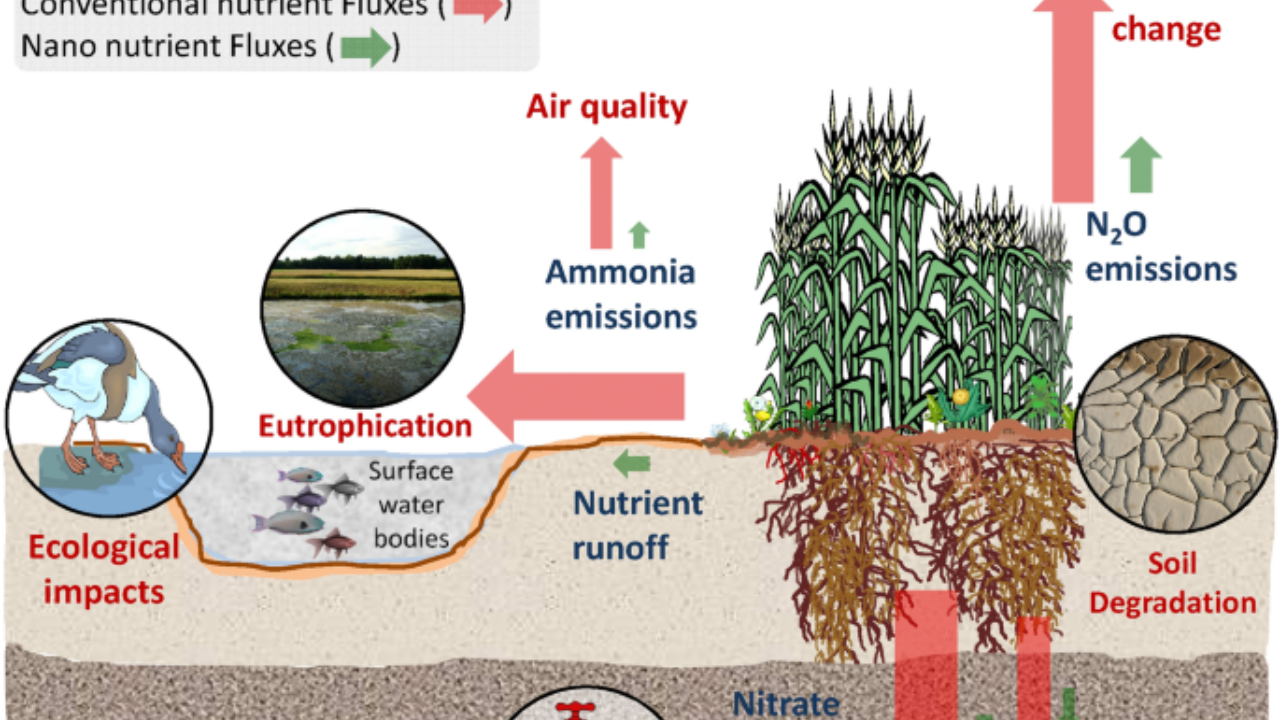
In the race to feed a growing global population while combating environmental degradation, traditional fertilizers are falling short. They contribute to soil depletion, waterway pollution, and greenhouse gas emissions. Enter smart fertilizers — the next generation of nutrient delivery systems that promise to boost productivity while minimizing environmental harm.
This article explores the growing world of smart fertilizers, their mechanisms, advantages, types, limitations, and their role in achieving a sustainable agricultural future.
What Are Smart Fertilizers?
Smart fertilizers (also known as enhanced-efficiency fertilizers) are scientifically engineered formulations designed to release nutrients in a controlled, targeted, or environmentally responsive manner. Unlike conventional fertilizers that often leach into the environment or volatilize into the air, smart fertilizers optimize nutrient uptake and reduce waste.
They work through mechanisms such as:
- Slow-release coatings
- Nano-encapsulation
- Microbial activation
- Responsive systems (triggered by pH, moisture, temperature)
Why Do We Need Smart Fertilizers?
Traditional fertilizers are both a blessing and a curse. While they’ve fueled massive agricultural growth, they also:
- Cause nitrogen runoff, leading to algal blooms and dead zones in aquatic ecosystems
- Emit nitrous oxide, a potent greenhouse gas
- Damage soil microbial diversity
- Lead to low nutrient use efficiency (often <50% uptake by plants)
Smart fertilizers aim to solve this dilemma by delivering nutrients only when and where plants need them.
Major Types of Smart Fertilizers
| Type | Mechanism | Best Use Case |
|---|---|---|
| Controlled-Release Fertilizers (CRFs) | Polymer coatings control nutrient release | Long-term crops, orchards |
| Nano Fertilizers | Nanoparticles improve absorption efficiency | Row crops, high-efficiency farming |
| Bioactive Fertilizers | Microbes help unlock or fix nutrients | Organic and sustainable agriculture |
| Sensor-Activated Fertilizers | Release triggered by soil condition changes | Precision agriculture systems |
| Smart Liquid Fertilizers | Custom-blended with delivery triggers | Hydroponics, vertical farms |
Advantages of Smart Fertilizers
- Higher Nutrient Efficiency
Reduce fertilizer loss due to leaching, volatilization, and runoff. - Lower Environmental Impact
Decrease nitrogen and phosphate pollution in water bodies and air. - Improved Yield Stability
Provide consistent nutrient supply even under climate stress conditions. - Reduced Input Costs Over Time
Though more expensive upfront, the need for fewer applications balances the cost. - Adaptability to Precision Agriculture
Can be integrated with drones, IoT sensors, and automated irrigation systems.
Potential Limitations and Challenges
While smart fertilizers offer enormous promise, they face several barriers:
- Higher Cost: Often 2–5x more expensive than traditional options
- Limited Accessibility: Not yet available in many developing regions
- Complex Application: Require technical understanding and sometimes specialized equipment
- Biodegradability Concerns: Some coating materials (e.g., plastics) may pose environmental risks
Comparison Table: Smart vs Traditional Fertilizers
| Feature | Traditional Fertilizers | Smart Fertilizers |
|---|---|---|
| Nutrient Release | Immediate, often excessive | Controlled, as needed |
| Efficiency | Low (30–50% uptake) | High (60–90% uptake) |
| Environmental Impact | High leaching and emissions | Low environmental footprint |
| Cost per Unit | Low | Moderate to high |
| Application Frequency | Frequent | Reduced applications |
| Integration with Technology | Limited | High compatibility with AgTech |
Smart Fertilizers in Action: Case Studies
1. India’s Nano Urea by IFFCO
India introduced a nano-form of urea with 10,000 ppm nitrogen concentration. It reportedly reduces urea use by 50%, improves yields, and lowers emissions.
2. China’s Polymer-Coated Urea Trials
Controlled-release urea increased rice yields by 15% and reduced nitrogen losses by up to 60%.
3. EU’s Precision Farming with Liquid Fertilizers
Farmers use GPS and sensor-based systems to apply smart liquid fertilizers, optimizing cost-efficiency and productivity.
Overview Table: Smart Fertilizer Essentials
| Element | Description |
|---|---|
| Definition | Fertilizers with controlled, targeted, or responsive nutrient delivery |
| Environmental Benefit | Reduces runoff, greenhouse gases, and ecological harm |
| Economic Advantage | Long-term savings through efficiency despite higher upfront cost |
| Technological Integration | Compatible with AI, IoT, and drones |
| Challenges | High cost, limited access, complexity |
| Future Outlook | Critical to achieving sustainable intensification of agriculture |
Future of Smart Fertilizers
The future of smart fertilizers lies in customization and automation. With the rise of digital farming, farmers will increasingly use data from AI, IoT, and satellite imaging to apply precisely what is needed — no more, no less. Moreover, the biodegradability of coatings and cost-reduction through scale will drive global adoption.
Public-private partnerships and investment in AgTech infrastructure will also play a key role in expanding smart fertilizer use, especially in the Global South.
3 Best One-Line FAQs
Q1: What makes a fertilizer “smart”?
Smart fertilizers release nutrients in a controlled or targeted way based on plant or soil needs.
Q2: Are smart fertilizers safe for the environment?
Yes, they significantly reduce pollution by minimizing nutrient loss and overuse.
Q3: Why aren’t smart fertilizers widely adopted yet?
High costs and lack of access in rural areas remain major barriers to adoption.

